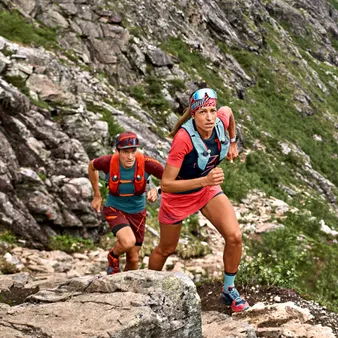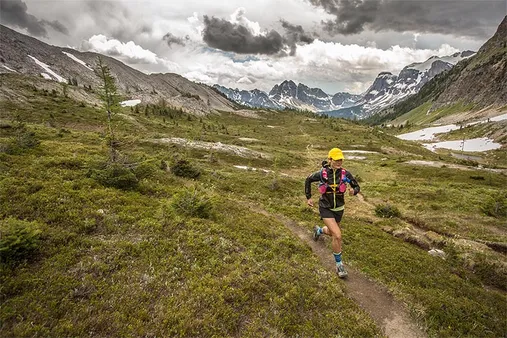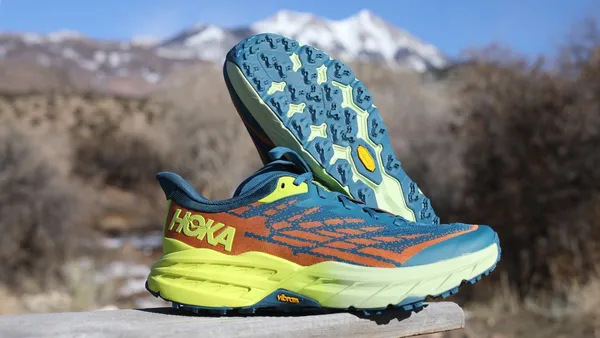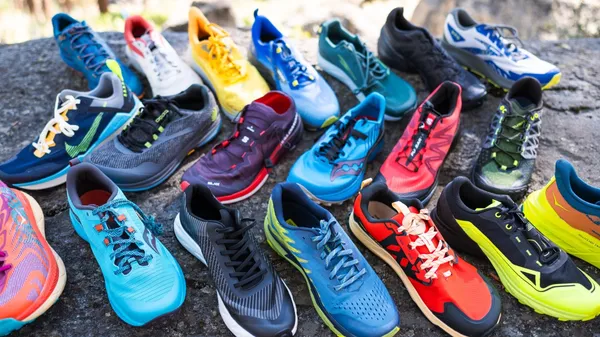Table of Contents
Welcome to Kizworld, the ultimate resource for runners of all levels. In this comprehensive guide, we'll help you discover "How to find the best running routes and trails" that cater to your fitness level, goals, and preferences. Whether you're a seasoned marathoner or just starting your running journey, we'll provide valuable tips, resources, and inspiration to make your runs more enjoyable and fulfilling. From exploring local paths to joining running clubs and utilizing technology, we'll guide you towards creating a safe and rewarding running experience.
How to Find the Best Running Routes and Trails: A Comprehensive Guide for Runners
I. Choose Routes Based On Running Interests
Choose Routes Based On Running Interests
Whether you're a seasoned runner or just starting out, choosing the right running routes can make all the difference in your running experience. Consider your fitness level, goals, and interests when selecting your running paths. If you're looking for a challenging workout, opt for routes with hills or varied terrain. If you prefer a more leisurely run, choose flat, scenic routes that allow you to enjoy the surroundings. For those interested in exploring new areas, consider running in different neighborhoods or parks. You can also join a running club or group to discover new routes and connect with fellow runners. Check out our article on How to Find the Best Running Routes and Trails for more tips.
Running Routes for Different Interests
- Sightseeing: Explore historic districts, parks, or waterfront areas while you run.
- Nature Trails: Run through forests, along rivers, or in mountainous terrain.
- Urban Running: Discover new neighborhoods and city landmarks during your run.
- Track Running: Train on a track for speed work or interval training.
- Beach Running: Enjoy the sand and surf while getting your workout in.
No matter what your interests are, there's a running route out there that's perfect for you. So get out there and start exploring!
Fitness Level | Suggested Routes |
Beginner | Flat, paved trails or sidewalks |
Intermediate | Routes with gentle hills or varied terrain |
Advanced | Hilly routes or trails with challenging obstacles |
II. Read Reviews From Fellow Runners
Read Reviews From Fellow Runners
Before you hit the pavement, take some time to read reviews from fellow runners about the routes and trails you're considering. This can be a great way to get insights into the terrain, difficulty level, and overall experience of the run. Check out running forums, social media groups, and review websites to see what others have to say about the routes you're interested in. Read more about finding the best running routes and trails
Reading reviews from fellow runners can also help you discover hidden gems that you might not have otherwise known about. For example, you might find out about a beautiful trail that's just a short drive away, or a running route that offers stunning views of the city. Learn more about the benefits of running
Website | Description |
AllTrails | A comprehensive database of hiking, biking, and running trails with reviews and photos from users. |
Trail Run Project | A community-driven website with reviews and information on trail running routes around the world. |
Running in the USA | A website dedicated to running in the United States, with reviews of running routes, races, and events. |
III. Join a Running Club or Group
Joining a running club or group is a great way to meet other runners, stay motivated, and find new running routes and trails. Running clubs often organize group runs, which can be a great way to explore new areas and challenge yourself. They also provide a sense of community and support, which can make running more enjoyable. Check out the best running equipment and gear
To find a running club or group in your area, you can check with your local running store, search online, or ask friends and family for recommendations. Once you've found a group that you're interested in, be sure to attend a few runs to see if it's a good fit for you. Learn how to improve your speed, endurance, and form with running
- Benefits of joining a running club or group:
- Meet other runners and make friends
- Stay motivated and accountable
- Find new running routes and trails
- Challenge yourself and improve your running
- Get support and encouragement from other runners
IV. Scout Routes Virtually Through Digital Tools
Scout Routes Virtually Through Digital Tools
In the digital age, runners have access to a wealth of tools that can help them scout running routes and trails virtually. These tools can provide detailed information about the terrain, elevation, and distance of a route, as well as reviews and ratings from other runners. Some popular digital tools for scouting running routes include:
These tools can be a great way to find new running routes and trails that are a good fit for your fitness level and interests. They can also help you avoid routes that are unsafe or poorly maintained.
Benefit | Description |
Convenience | You can scout routes from the comfort of your own home. |
Detailed Information | Digital tools provide detailed information about the terrain, elevation, and distance of a route. |
Reviews and Ratings | You can read reviews and ratings from other runners to get an idea of what a route is like. |
Safety | Digital tools can help you avoid routes that are unsafe or poorly maintained. |
New Routes | Digital tools can help you find new running routes and trails that you might not have otherwise known about. |
Here are some tips for using digital tools to scout running routes:
- Start by identifying your fitness level and interests. What kind of running do you enjoy? Do you prefer flat or hilly routes? How long do you want to run?
- Use a digital tool to search for routes that match your criteria. Be sure to read the reviews and ratings from other runners to get an idea of what the route is like.
- Once you've found a few routes that you're interested in, take some time to explore them virtually. Use the digital tool to get a detailed look at the terrain, elevation, and distance of the route.
- If you're happy with what you see, head out and give the route a try! Be sure to take your phone or GPS device with you so you can track your progress.
By using digital tools to scout running routes, you can find new and exciting places to run, avoid routes that are unsafe or poorly maintained, and make the most of your running experience.
V. Time Your Runs in Response to Weather Conditions
Time Your Runs in Response to Weather Conditions
Run early or late to avoid the heat
In hot weather, it's best to go for a run early in the morning or late in the evening, when the temperatures are cooler. This can help reduce the risk of heatstroke, dehydration, and other heat-related illnesses. If you must run during the day, try to find a shaded route and wear light, loose-fitting clothing. Click here to learn more about how to start running.
Wear layers in cold weather
In cold weather, dress in layers so you can adjust your clothing as you warm up. Start with a base layer of moisture-wicking fabric, such as a synthetic T-shirt or running tights. Add a mid-layer of insulation, such as a fleece jacket or vest. If it's really cold, you can also add a shell layer, such as a windbreaker or running jacket. Discover the best running clothing and apparel to keep you comfortable and stylish.
Be aware of air quality
In areas with poor air quality, it's important to be aware of the air quality index (AQI). The AQI is a measure of how clean or polluted the air is. When the AQI is high, it's best to avoid running outdoors. If you must run outdoors, try to find a route with clean air, such as a park or nature trail. Learn more about the benefits of running for your overall health and wellness.
Weather Condition | Tips for Running |
Hot weather | Run early or late to avoid the heat, wear loose-fitting clothing, and stay hydrated. |
Cold weather | Dress in layers, start with a base layer of moisture-wicking fabric, add a mid-layer of insulation, and a shell layer if necessary. |
Air pollution | Be aware of the air quality index (AQI), avoid running outdoors when the AQI is high, and try to find a route with clean air. |
Stay hydrated
No matter what the weather, it's important to stay hydrated. Drink plenty of water before, during, and after your run. You can also drink sports drinks to help replenish electrolytes. If you're running in hot weather, you may need to drink more water than usual. Find out how to learn the basic running skills and techniques to improve your form and performance.
Listen to your body
If you're feeling tired, dizzy, or short of breath, it's important to listen to your body and stop running. These are signs that you may be pushing yourself too hard, and you may need to take a break. It's also important to pay attention to your skin, especially in hot weather. If you notice any signs of heatstroke, such as red, hot, and dry skin, nausea, or confusion, you should stop running and seek medical attention immediately.Explore the top running competitions and events around the world.
VI. Conclusion
As you embark on your running journey, remember that the best running routes and trails are the ones that you enjoy the most. Whether you prefer scenic trails, urban paths, or a mix of both, there are endless options to explore. Experiment with different routes, join running groups, and stay informed about local running events. Most importantly, prioritize safety and be prepared for any challenges that may arise along the way. With dedication and perseverance, you'll discover the perfect running routes and trails that keep you motivated and help you achieve your fitness goals.